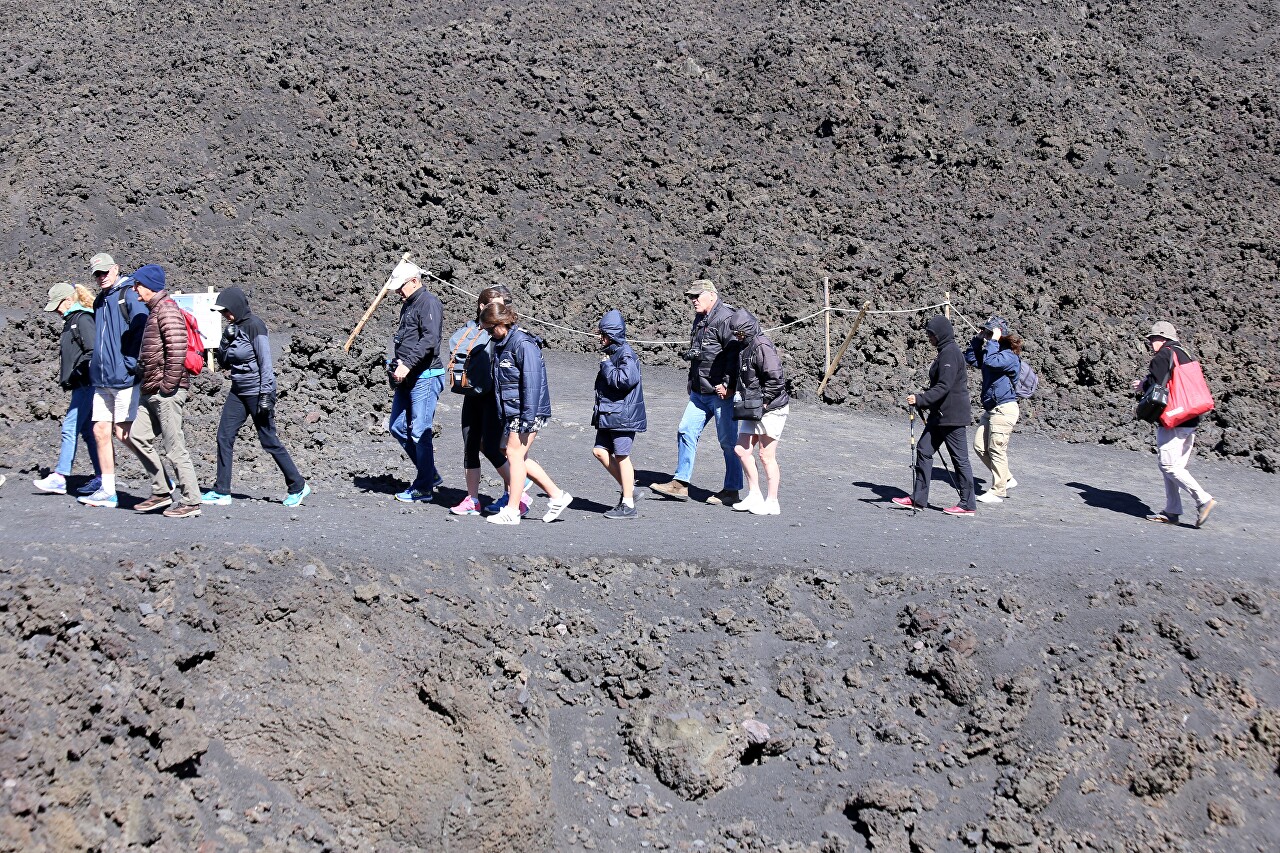Etna Vulcano, Torre del Filosofo
The Unimog bus takes us along the gentle serpentine of the southern slope of the volcano. Above the black surface, the two upper cones of Mount Etna are already clearly visible. The closest one is the Southern crater, and the top of the volcano is visible behind it.
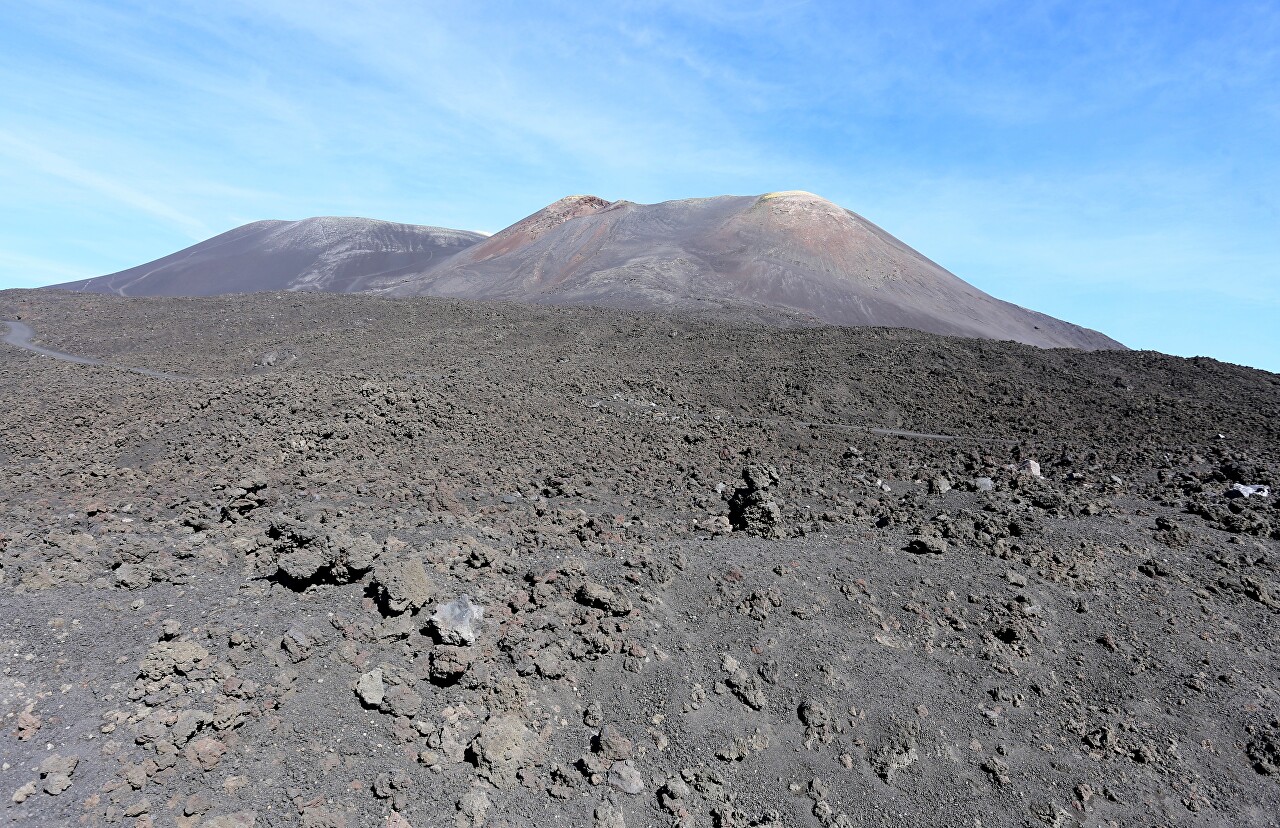
But we are not going there - the standard tourist route involves visiting the so-called "Tower of the Philosopher" (Torre del Filosofo). The origin of this name comes from the ancient ruins, where the Greek philosopher, physician, poet and orator Empedocles supposedly lived in the V century BC.
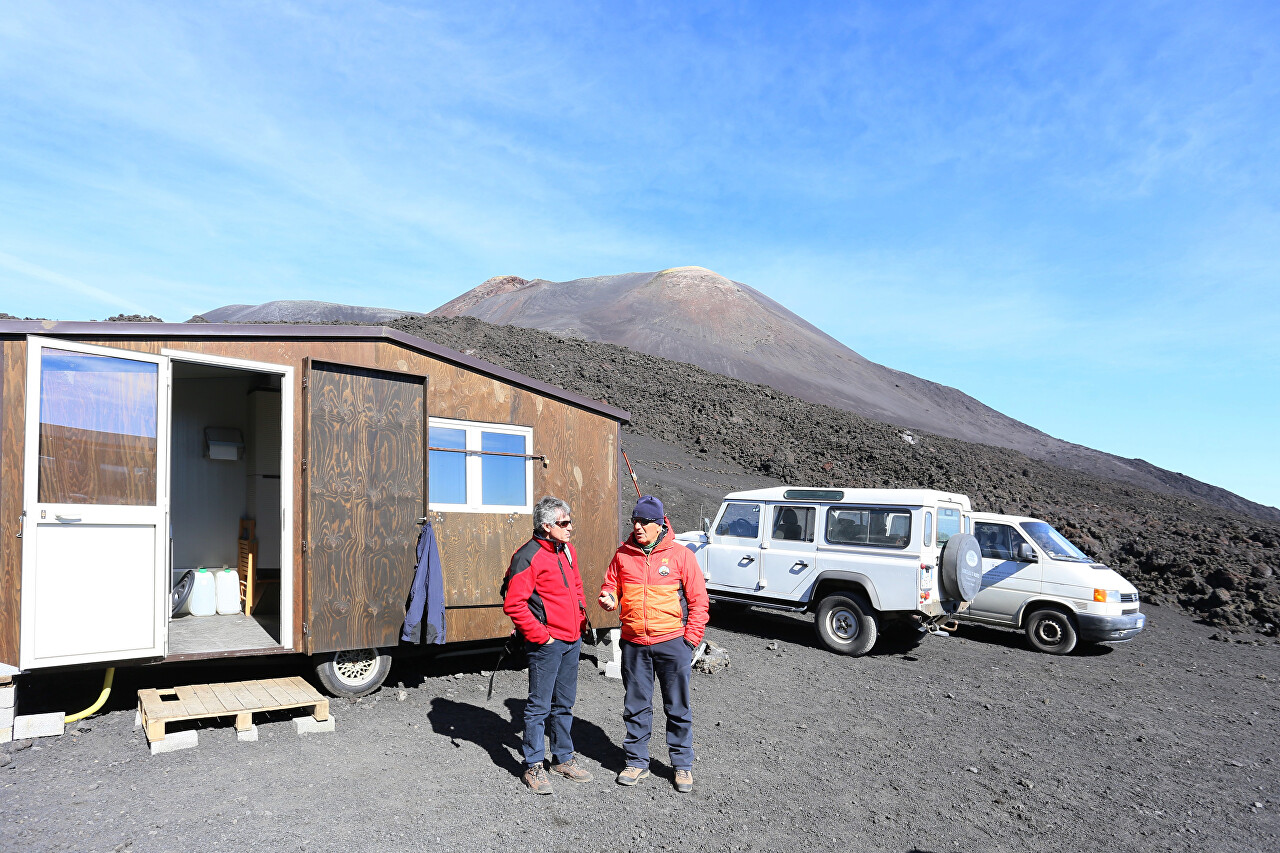
Extant legends tell us that Emppedocles was not very modest and considered himself one of the deities, and eventually threw himself into the mouth of a volcano to become one of them. There is also another version - the philosopher voluntarily "went to the Gods" so that the myth he created about his own immortality would not be debunked when he died naturally. There is a simpler explanation for the appearance of ruins at the top of an active volcano - this house was specially built before the ascent of the emperor Hadrian to Mount Etna, and was used as a base camp. Now the "Philosopher's Tower" is an observation point for eruptions.
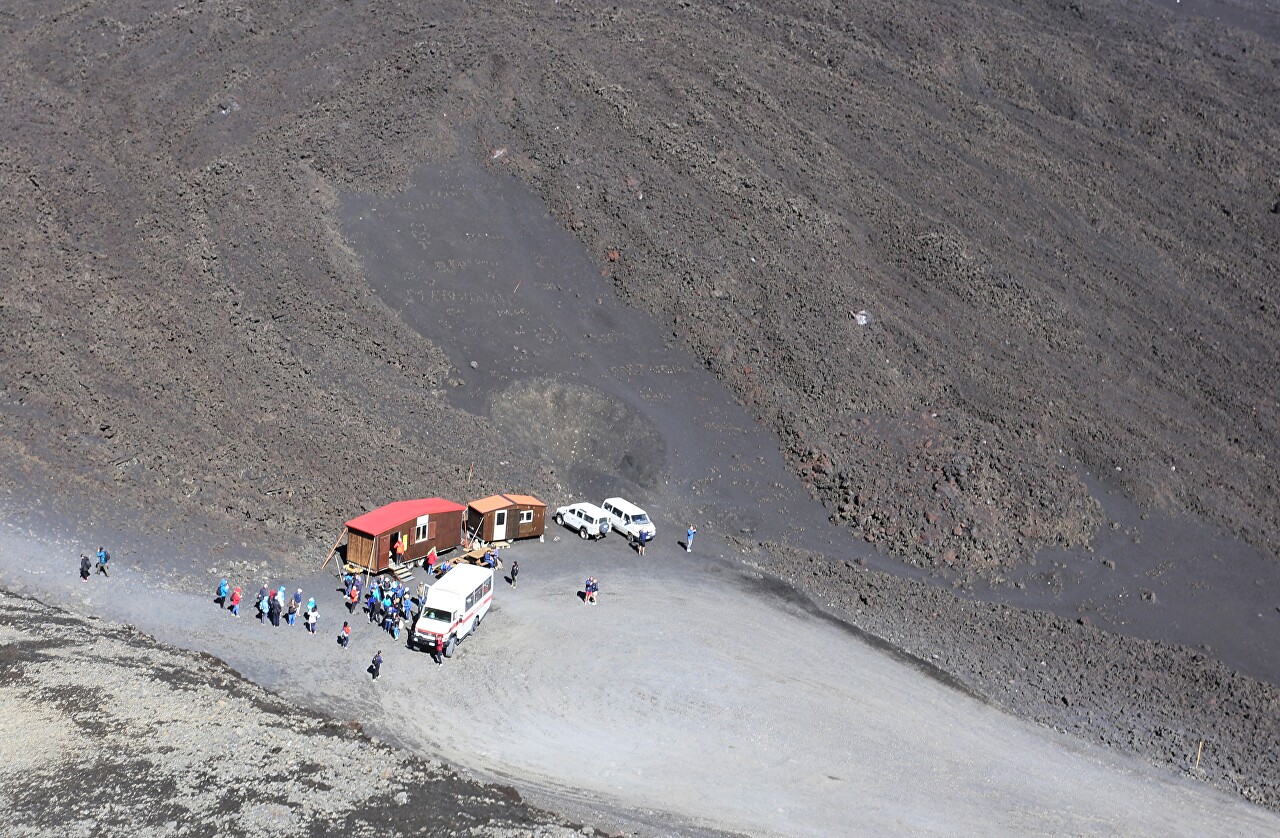
From here to the top of Mount Etna about one and a half kilometers in a straight line and here begins the "Yellow Zone", where only specialists-volcanologists and groups with special equipment are allowed. Of course, I wanted to climb to the very top, but for an excursion there you need to register in advance and such ascents are held only in the summer.
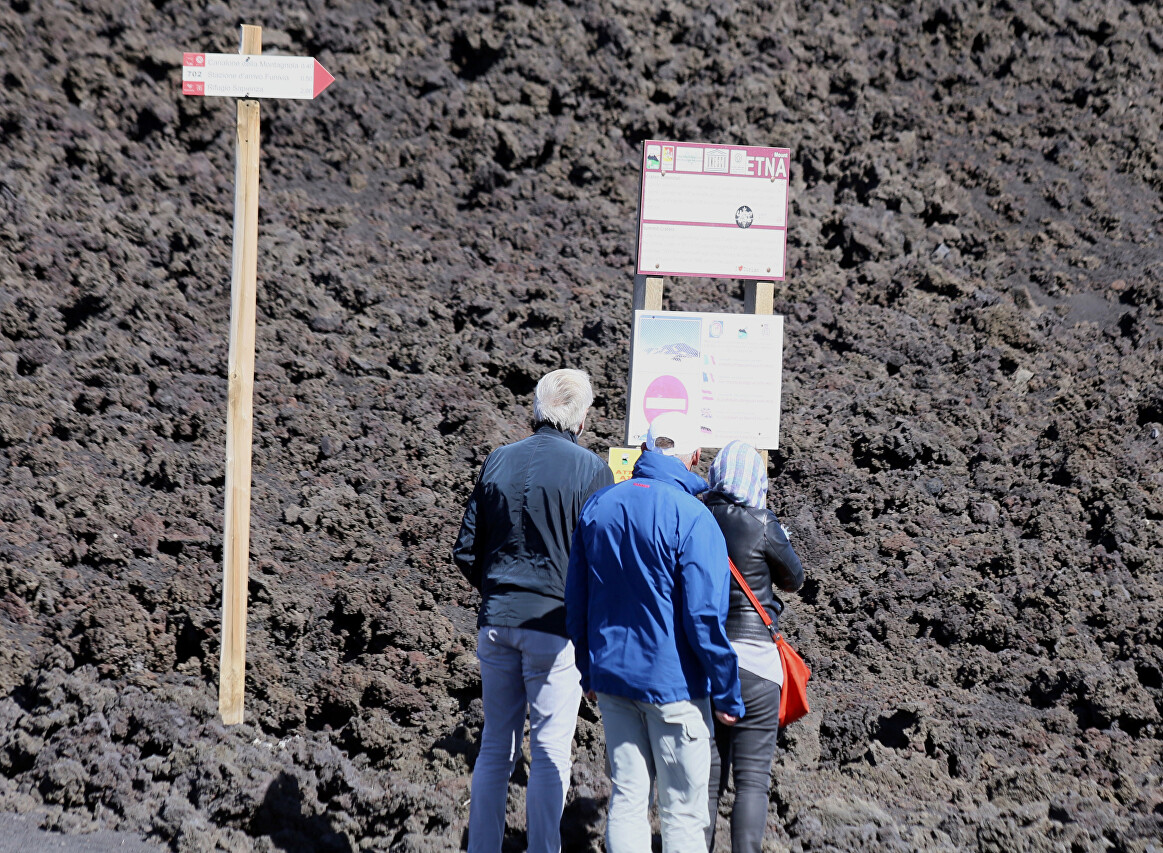
The average tourist is invited to visit the Barbagallo craters.
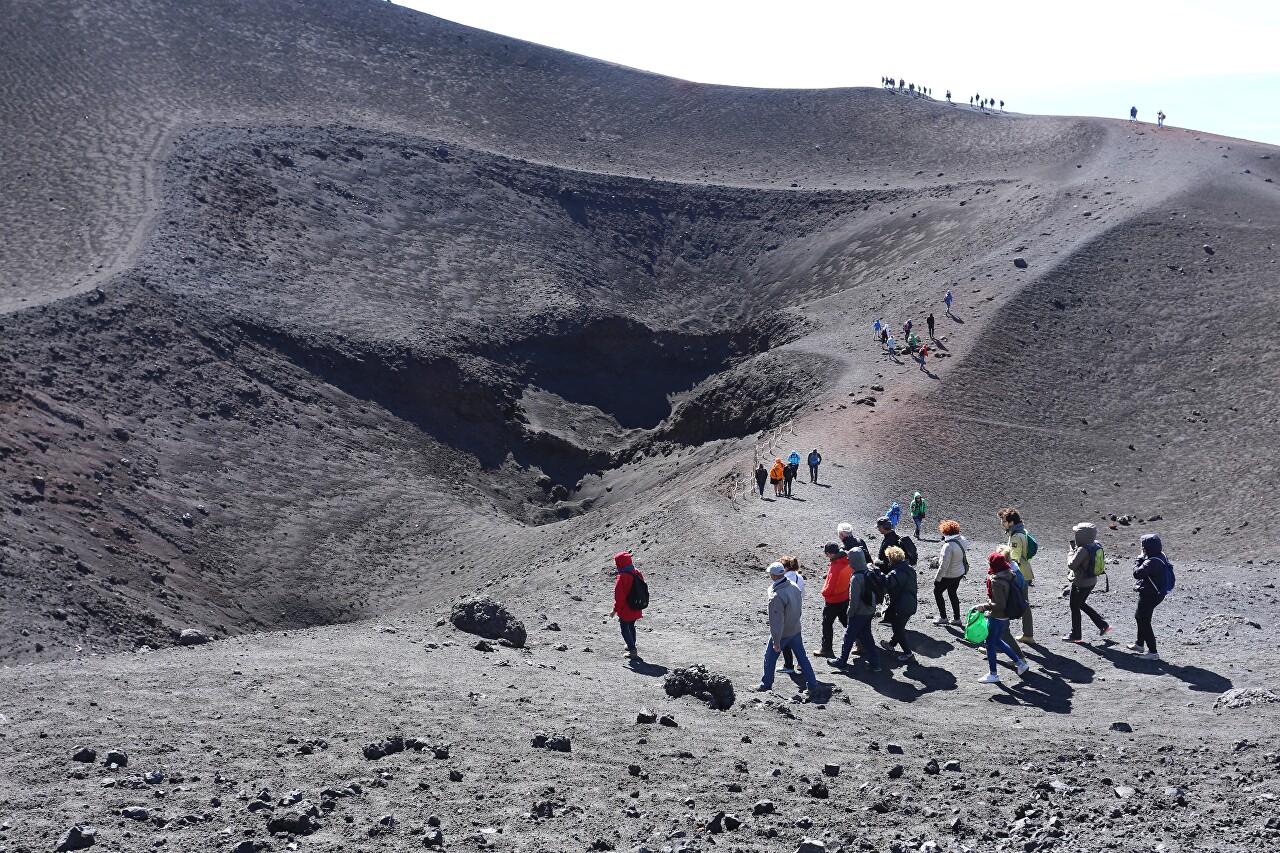
Our small group, accompanied by a guide, went there.
